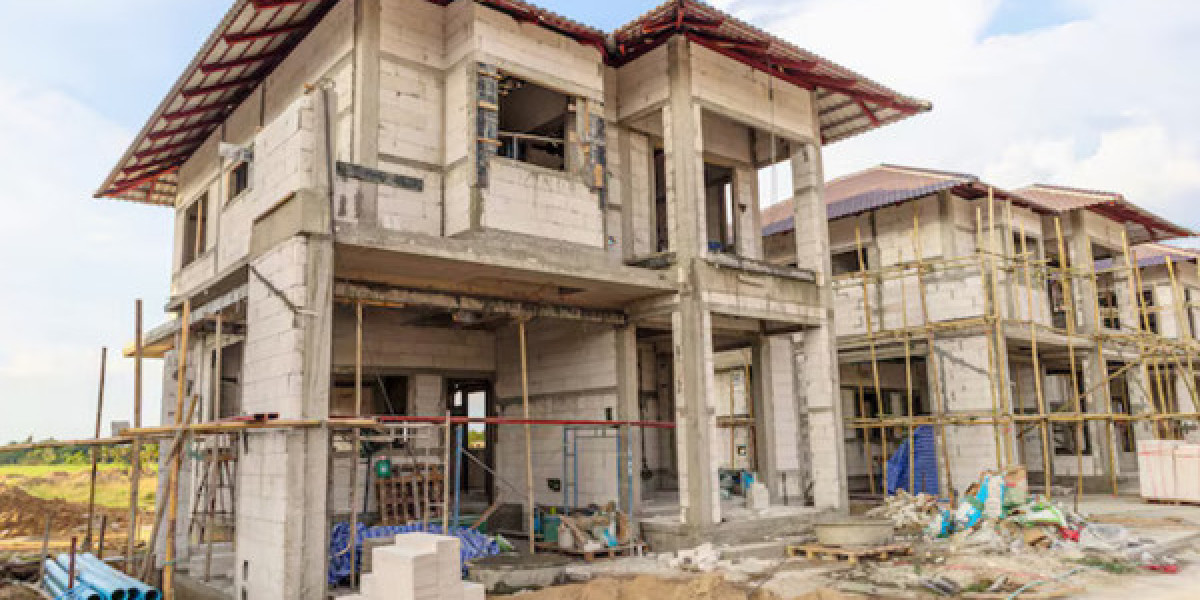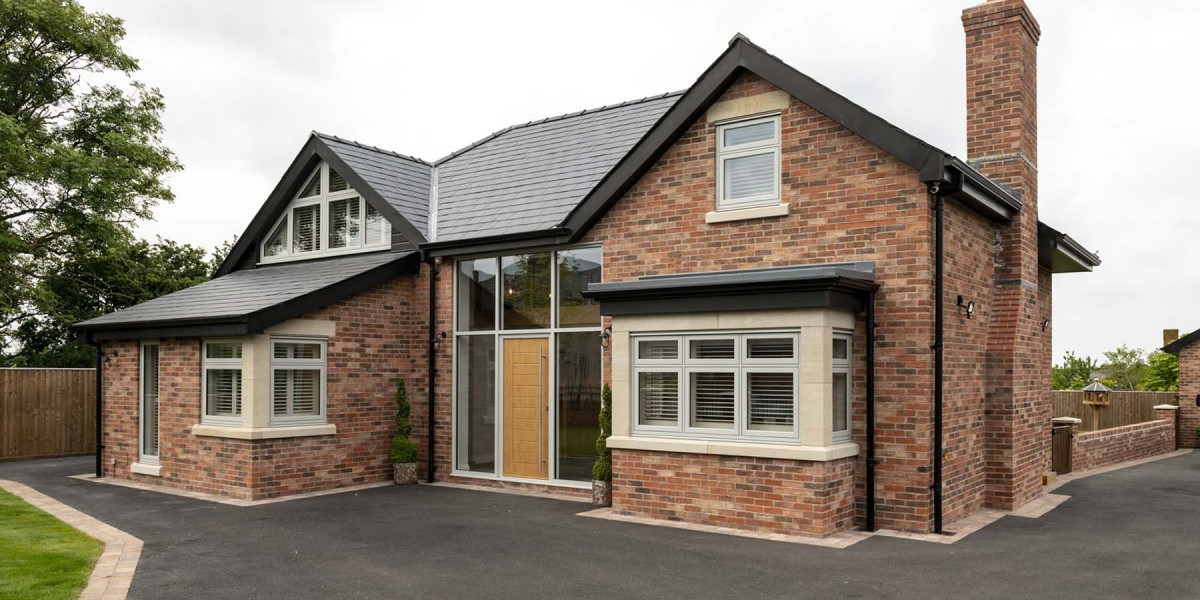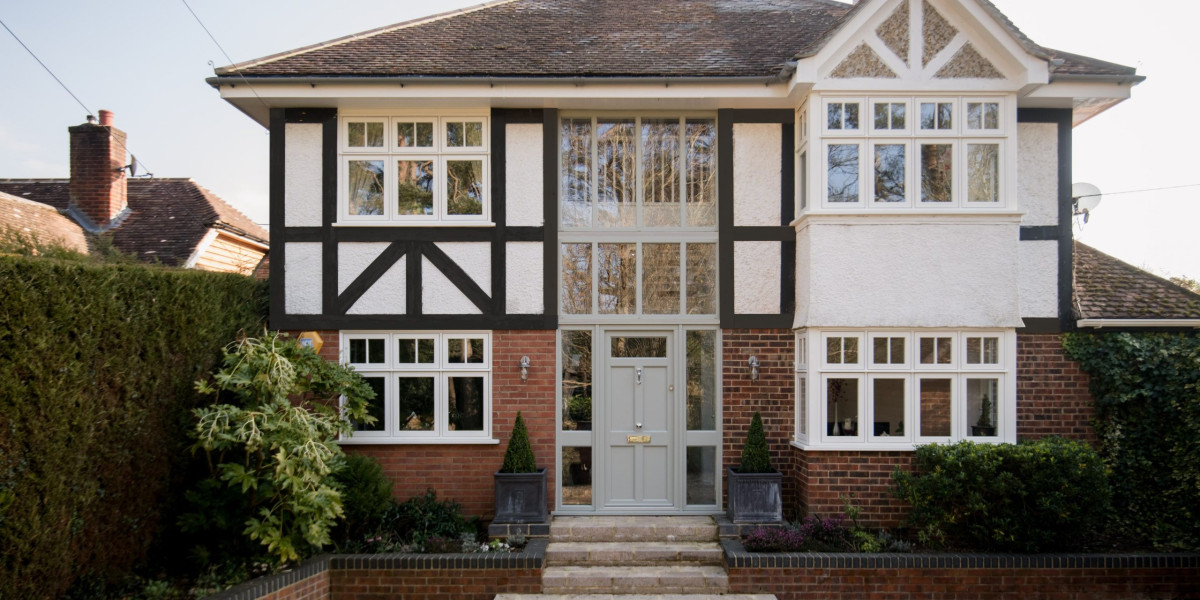Whether it’s a kitchen remodel, a new roof, or building an entire home from the ground up—accurate estimating is the backbone of every successful residential project. If you’re a beginner estimator or a contractor just starting out, you might be wondering where to begin, how to avoid costly mistakes, or how to compete with more experienced pros.
Here’s the good news: you don’t need years of experience to create accurate, reliable residential estimating services. With the right approach, tools, and mindset, you can confidently quote any home project—and win more bids doing it.
In this post, we’ll walk you through the essentials of residential estimating services, how to approach estimating different types of home projects, and share practical tips to help you grow. Whether you’re working on a small bathroom renovation or a full-scale new construction, this guide is for you.
? What Are Residential Estimating Services?
Residential estimating services help contractors, builders, and estimators calculate the cost of home construction and remodeling projects. These services can be in-house (you do it yourself) or outsourced (you hire experts). Either way, the goal is the same: create an accurate, competitive, and detailed estimate that reflects the full scope of work.
An estimate typically includes:
· Material costs
· Labor costs
· Equipment rentals
· Permits and fees
· Overhead and profit
· Contingency for unexpected issues
Using residential estimating services allows you to stay organized, reduce errors, and present a professional proposal to your clients.
? Step-by-Step Guide to Estimating a Residential Project
Whether you’re pricing out a deck or quoting an entire home, follow this step-by-step process to build your estimate with confidence.
Step 1: Understand the Scope of Work
Begin with a clear understanding of what the homeowner wants. Are they remodeling a kitchen? Building a new addition? Replacing the siding?
Ask for or review:
· Plans or drawings (if available)
· Detailed descriptions of materials and finishes
· Photos or site walkthroughs
· Timeline expectations
Tip: The clearer the scope, the more accurate your estimate will be.
Step 2: Perform a Takeoff
This is where you measure or calculate the quantities of materials and labor needed.
· Square footage of floors, walls, or roofing
· Linear feet of baseboard, trim, or piping
· Number of windows, doors, or fixtures
Use takeoff tools or estimating software if available—they save time and reduce mistakes.
Step 3: Price Materials
Contact local suppliers or use updated price lists to calculate material costs.
· Include main materials (lumber, drywall, tile, etc.)
· Don’t forget fasteners, adhesives, caulking, etc.
· Add a small percentage for waste or mistakes (usually 5-10%)
Tip: Create a material price database you can update regularly—it’ll make future estimates faster.
Step 4: Estimate Labor
Labor costs vary depending on region, skill level, and project complexity. You can:
· Use standard productivity rates (e.g., 1 drywall hanger installs 1,000 sq ft/day)
· Calculate hours per task and multiply by hourly wage
· Include setup, cleanup, and travel time
Tip: Talk to your crew or subcontractors to get real-world input on time and rates.
Step 5: Add Equipment and Rentals
Include any costs for:
· Tools and equipment rental (lifts, concrete mixers, etc.)
· Safety gear or scaffolding
· Dumpster or site cleanup services
Even small equipment adds up—better to include it now than eat the cost later.
Step 6: Include Permits, Fees, and Insurance
Every home project has some administrative costs:
· Building permits
· Inspection fees
· Dumping or hauling fees
· Builder’s risk insurance or liability coverage
Check with local building departments to stay compliant and avoid delays.
Step 7: Add Overhead and Profit
Overhead covers your business expenses: office rent, vehicle, phone, software, marketing, and so on. A typical overhead rate ranges from 10–20% of the project total.
Profit is what you earn for running a successful business. Add a reasonable margin—often 10–20%, depending on market conditions and job size.
Step 8: Review and Finalize Your Estimate
Now, go back through the estimate and check:
· Are quantities correct?
· Have you included every trade and task?
· Did you miss small items like nails or sealant?
· Is your math accurate?
Tip: Use an estimate template to organize everything—many residential estimating services provide ready-to-use formats.
Practical Tips for New Residential Estimators
· Use Estimating Software: Tools like Clear Estimates, Buildertrend, or CoConstruct can speed up your work and provide professional results.
· Start a Cost Database: Keep a running list of local prices for common materials and tasks. It’s your secret weapon for fast, repeatable estimates.
· Ask for Feedback: If you lose a bid, politely ask the client why. If you win, ask what helped them choose you. Use that info to refine your approach.
· Always Document Assumptions: Write down what’s included and excluded in your estimate. It protects you and manages client expectations.
· Compare with Actual Costs: After the job is done, compare your estimate to real expenses. Learn from any differences and improve each time.
Conclusion:
Estimating residential projects doesn’t have to feel overwhelming. Like anything else, it takes practice, organization, and a little help from the right tools and services. The more you estimate, the better—and faster—you’ll get.
With accurate residential estimating services, you can:
· Win more bids
· Avoid costly surprises
· Earn client trust
· Build a solid, profitable business
No matter the size of the project, you’re capable of delivering professional, competitive estimates that lead to real results. And as you grow, you’ll look back and realize how far you’ve come.










